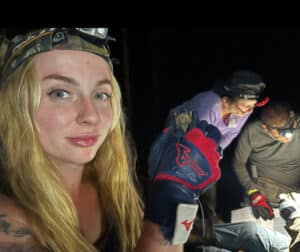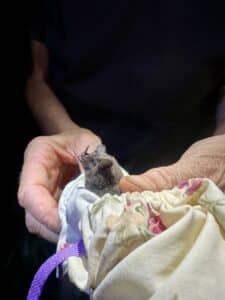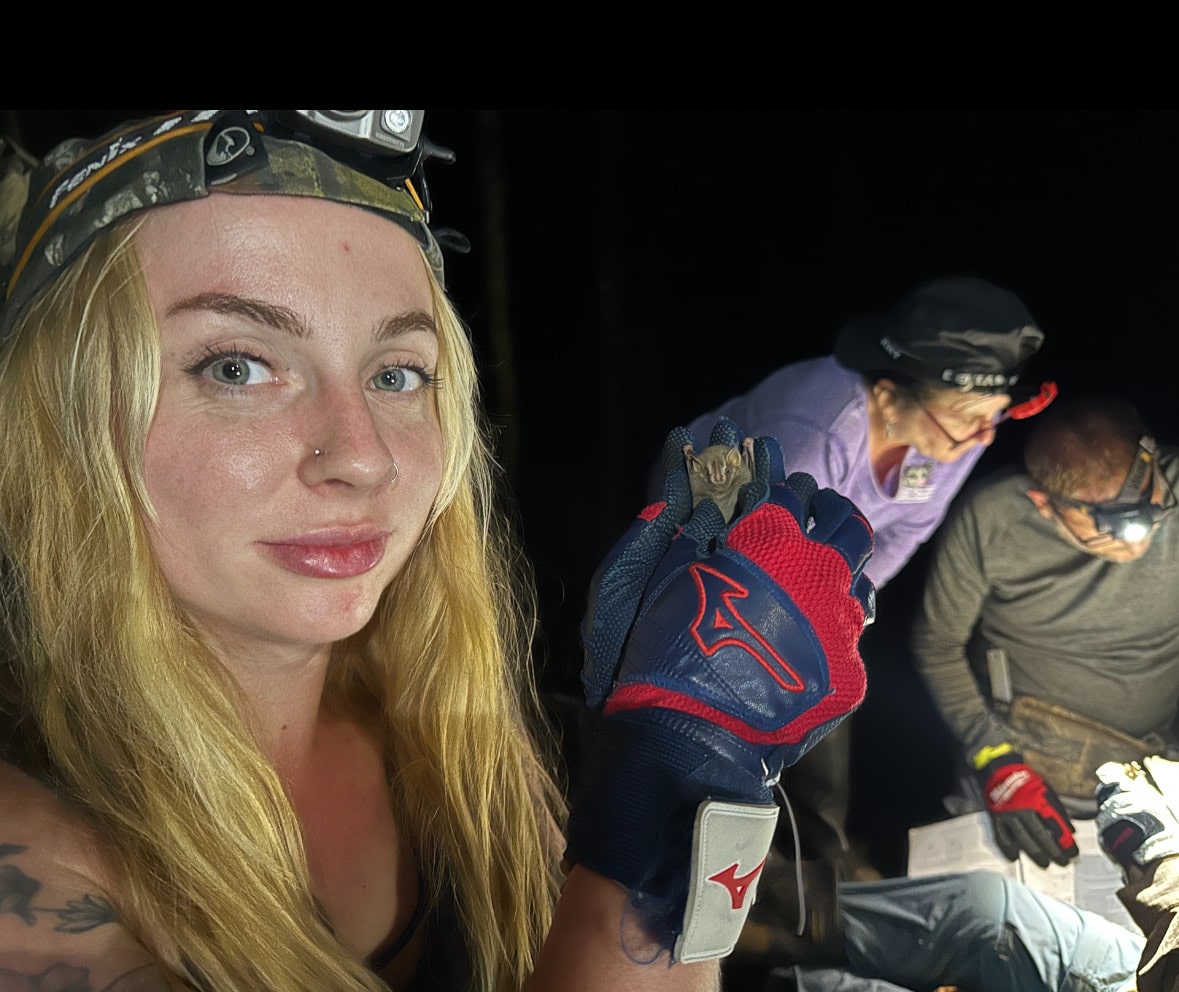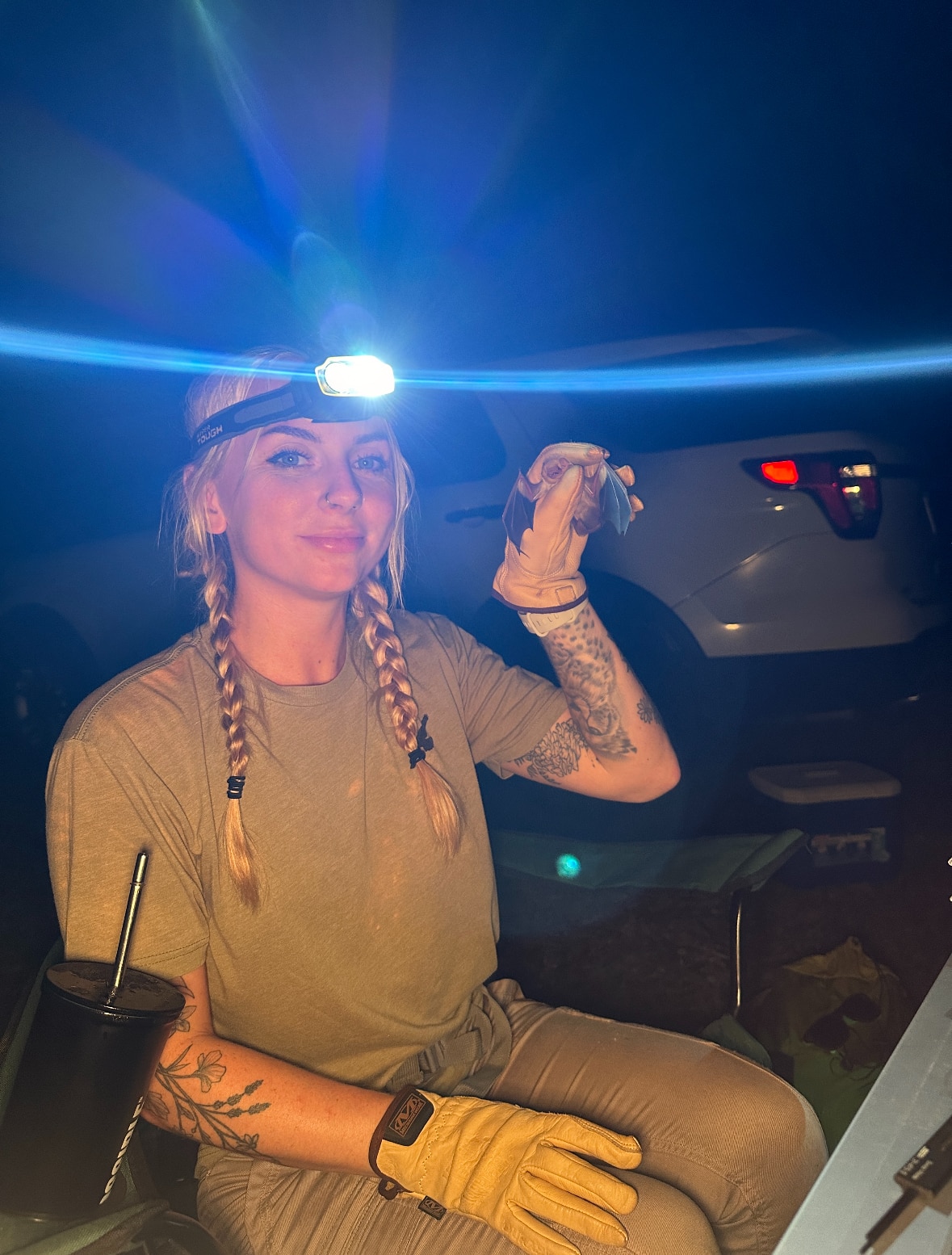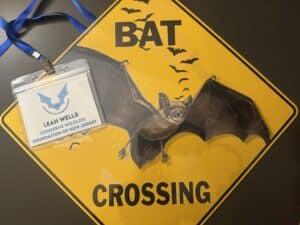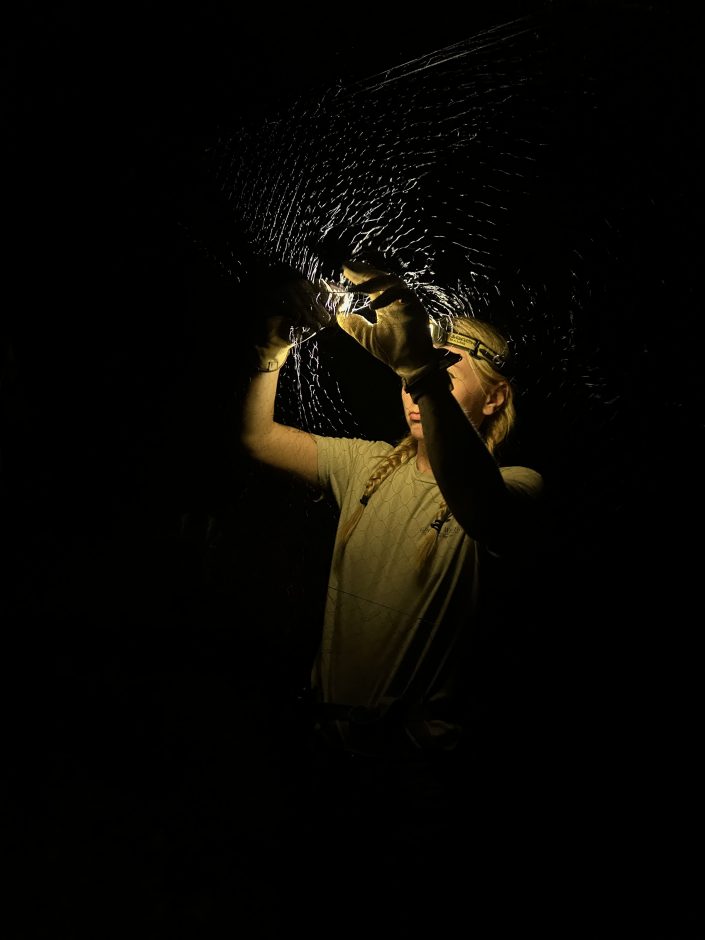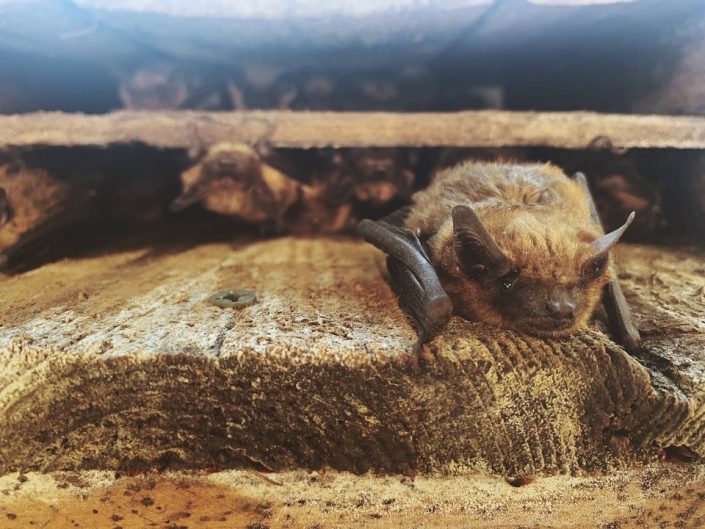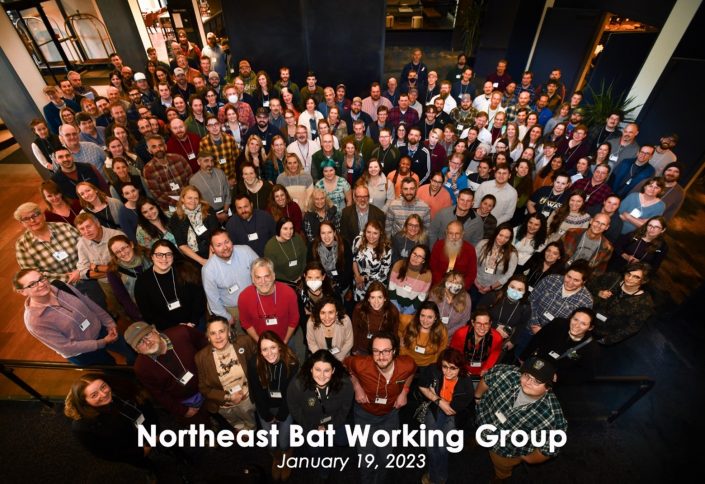Bats in Costa Rica
Earlier this month, I had the incredible opportunity to travel to Costa Rica for a Neotropical Bat Workshop, an immersive experience in one of the most biodiverse regions on the planet. As a wildlife biologist with a strong focus on bat conservation, this trip was a dream come true—offering hands-on research, species identification, and the chance to study bats in an ecosystem vastly different from the forests of New Jersey.
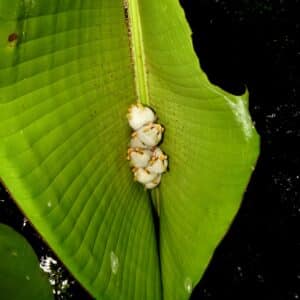
For five nights, we set up mist nets in various habitats, from dense rainforests, to banana groves, and over streams, each location revealing a new set of bat species. The sheer diversity was astounding—39 different species over the course of the workshop. Some were familiar, like those in the Myotis genus, while others I had only seen online. Every night brought surprises, from the tiny, delicate nectar-feeding bats to the impressive fishing bats that catch fish with their incredibly large legs and feet.

Handling these bats up close allowed us to study their unique adaptations—elongated snouts for nectar feeding, intricate nose-leaf structures for echolocation, and even suction-cup feet in species like Thyroptera tricolor (the disk-winged bat). Their incredible diversity reflects the rich ecological web they help sustain, from pollinating tropical flowers to keeping insect populations in check.

Beyond mist-netting, we deployed ultrasonic detectors for three nights to capture echolocation calls from bats that eluded our nets. Using specialized software, we later analyzed these recordings to identify additional species and compare flight activity across different habitats. Some species, like high-flying molossid bats, are rarely caught in nets but can be detected through their distinctive, fast-hopping echolocation calls. Acoustic monitoring complemented our mist-netting efforts, painting a broader picture of bat diversity in the region.
While the trip was an extraordinary research experience, it also reinforced the urgent need for bat conservation. Many of the species we encountered face habitat loss, climate change, and human-wildlife conflict. Learning from experts in the field and working alongside passionate colleagues emphasized the importance of protecting bat populations—not just in Costa Rica but globally.

Costa Rica’s neotropical bat diversity was nothing short of awe-inspiring. This workshop deepened my appreciation for the complexity of bat communities and provided new insights into research techniques I hope to apply back home. Every moment in the field was a reminder of how much there is to learn about these remarkable creatures.
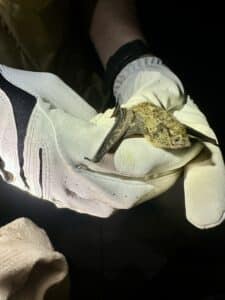
This trip was a powerful reminder that bats—whether in the rainforests of Costa Rica or the forests of New Jersey—play a vital role in maintaining healthy ecosystems. Protecting them means protecting the intricate balance of nature itself.
